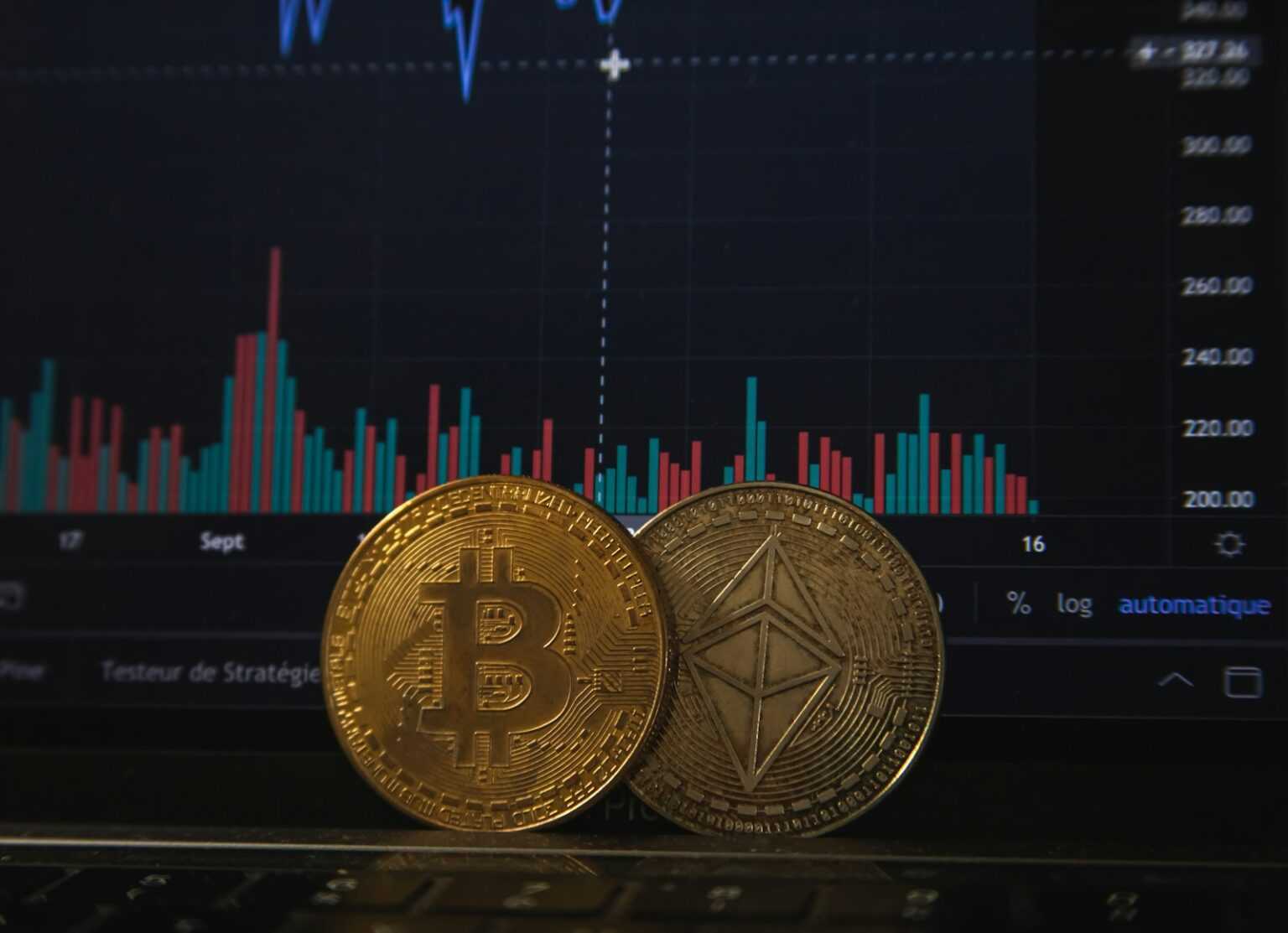Allocating idle computational units via decentralized platforms enables dynamic allocation of workload across global infrastructures. This approach leverages the excess capacity from cloud providers and individual nodes, transforming underutilized assets into tradable commodities. By adopting protocol-driven environments for resource negotiation, users can acquire high-throughput units tailored to specific task demands.
Integrating blockchain-based verification ensures transparent and tamper-proof agreements between suppliers and consumers of computational throughput. Such mechanisms facilitate trustless exchanges while optimizing latency-sensitive applications through geographically distributed clusters. Experimentally, partitioning workloads in micro-batches reveals performance gains when matching supply characteristics with application profiles.
Emerging frameworks allow seamless bidding and provisioning of virtual cores, memory, and GPU cycles within algorithmic marketplaces. Researchers can test allocation strategies by simulating demand surges or resource scarcity, thus uncovering optimal pricing models that reflect real-time availability. The interplay between centralized cloud data centers and decentralized contributors forms a hybrid ecosystem fostering innovation in task orchestration.
Compute markets: processing power trading
Efficient exchange of computational resources requires robust platforms where distributed nodes offer their capabilities for rent, enabling users to access significant calculation capacity without investing in physical infrastructure. These systems optimize utilization by matching supply and demand dynamically, leveraging blockchain protocols to ensure transparency and trust among participants.
Decentralized frameworks facilitate peer-to-peer allocation of processing tasks, reducing reliance on centralized cloud providers while enhancing fault tolerance and scalability. By tokenizing computing assets, such ecosystems create incentives for node operators to contribute idle capacity, thereby expanding the available pool and lowering entry barriers for complex algorithm execution.
Technical Foundations and Ecosystem Dynamics
Distributed resource sharing employs consensus mechanisms that validate task completion and guarantee fair compensation. Smart contracts automate agreements between requesters and providers, minimizing overhead and mitigating disputes. For instance, projects like Golem Network implement off-chain computations validated through zero-knowledge proofs to preserve data privacy while verifying results accurately.
The economic model underpinning these exchanges often relies on native cryptocurrencies or utility tokens representing fractional ownership of computational throughput. This fungibility enables microtransactions that suit diverse workloads ranging from machine learning training to cryptographic simulations, facilitating granular control over transaction costs and execution timelines.
Comparative analyses reveal that decentralized computation can outperform traditional cloud services in scenarios demanding parallelization across heterogeneous hardware architectures. Experiments with edge devices integrated into these networks demonstrate reduced latency for latency-sensitive applications such as augmented reality rendering or real-time analytics, which benefit from proximity-based task distribution.
Security considerations remain paramount; multi-party computation protocols combined with trusted execution environments help protect sensitive datasets against malicious actors during calculation phases. Ongoing research explores integration of homomorphic encryption techniques within distributed environments to enable encrypted data handling without compromising performance drastically.
How to Buy Processing Power
To acquire computational resources efficiently, begin by identifying platforms that offer access to distributed computing networks. These systems enable users to lease hardware capabilities from a global pool of providers, often leveraging blockchain protocols for transparent resource allocation and settlement. Selecting a provider with verified uptime metrics and latency guarantees ensures operational stability during task execution.
Cloud-based infrastructures dominate the supply side, presenting flexible options ranging from on-demand virtual machines to specialized accelerators like GPUs and TPUs. Pricing models typically depend on consumed time units or workload size, so precise estimation of required capacity improves cost-effectiveness. Evaluating service-level agreements (SLAs) and historical performance data aids in aligning procurement with computational demands.
Key Steps in Accessing Distributed Computing Resources
1. Define task specifications: quantify necessary throughput, concurrency levels, and memory footprint. 2. Survey decentralized platforms offering compute rental services; examples include projects utilizing peer-to-peer nodes validated via smart contracts. 3. Analyze tokenized payment schemes integrated within these ecosystems to facilitate automated exchanges between consumers and providers.
Distributed architectures rely on consensus mechanisms ensuring fair scheduling and fault tolerance across heterogeneous nodes. Experimental benchmarks highlight variance in execution times depending on network conditions and node reliability–parameters measurable through API endpoints or diagnostic tools provided by service operators.
Consider hybrid approaches combining traditional cloud vendors with emerging decentralized frameworks for redundancy and cost optimization. For instance, running batch jobs concurrently on centralized clusters while offloading peak workloads to blockchain-enabled grids can balance speed and budget constraints.
A practical experiment involves deploying a workload onto a testnet environment supporting resource exchange contracts. Monitoring task completion times alongside incurred expenses reveals trade-offs inherent to each procurement method. Analyzing logs collected during this process enables adjustment of parameters such as node selection criteria or bidding strategies on auction-style platforms.
This systematic approach encourages iterative refinement: hypothesize optimal configurations based on initial results, then validate improvements through repeated trials under varying network loads. Such disciplined inquiry fosters deeper comprehension of how distributed computational assets can be harnessed reliably within complex technological ecosystems.
Pricing Models in Compute Resource Exchanges
Dynamic pricing mechanisms based on supply and demand fluctuations serve as the backbone of decentralized platforms offering computational capacity. Auctions and spot pricing enable users to acquire units of processing capability at rates reflecting real-time network availability, incentivizing efficient allocation. For example, projects like Golem implement market-driven models where contributors propose prices for their idle hardware, allowing buyers to select offers that balance cost and performance needs.
Subscription-based schemes offer predictability by charging fixed fees for guaranteed access to a predefined amount of cloud infrastructure over specific timeframes. This model suits enterprises requiring stable throughput without frequent price variability. An illustrative case is Akash Network’s leasing contracts, which lock resource provision at preset rates, enabling budgeting certainty while maintaining decentralized provisioning advantages.
Hybrid frameworks combining fixed and variable components optimize flexibility and cost-efficiency. Providers may set baseline tariffs supplemented by surge multipliers during peak demand periods, akin to tiered electricity tariffs. Such structures encourage load balancing across distributed nodes by financially motivating off-peak utilization. Experimentation within testnets demonstrates how these models reduce bottlenecks and enhance throughput consistency in permissionless environments.
The inclusion of reputation systems further refines valuation accuracy by integrating historical reliability metrics into price adjustments. Nodes with proven uptime and low latency command premium compensation, fostering trust among participants. Integrating cryptoeconomic incentives with technical performance data cultivates sustainable ecosystems where market dynamics reflect both quantity and quality dimensions of computational offerings.
Security risks in power trading
Securing decentralized platforms for the exchange of computational resources demands rigorous attention to vulnerabilities inherent in distributed systems. Unauthorized access and data breaches pose substantial threats, as malicious actors may exploit weak authentication protocols to manipulate workload allocation or siphon sensitive information. Implementing robust cryptographic measures alongside multi-factor authentication can mitigate such risks effectively, ensuring integrity in resource distribution.
The reliance on cloud infrastructure introduces additional layers of complexity and potential exposure. Shared environments increase susceptibility to side-channel attacks, where adversaries infer confidential details by monitoring resource usage patterns or electromagnetic emissions. Designing isolated execution environments and deploying secure enclaves within virtualized clouds can limit cross-tenant leakage and enhance confidentiality during task execution.
Technical vulnerabilities and attack vectors
Distributed exchanges for computational capabilities face risks from Sybil attacks, where a single entity controls multiple nodes to influence consensus mechanisms adversely. This manipulation undermines fair resource allocation and pricing accuracy. Introducing identity verification frameworks based on decentralized identifiers (DIDs) reduces the probability of such attacks by binding nodes to verifiable credentials without compromising anonymity.
Additionally, smart contract weaknesses can lead to financial losses or service disruptions within these ecosystems. Flaws in protocol logic might enable replay attacks or unauthorized fund withdrawals during transactional settlement phases. Continuous formal verification combined with dynamic runtime monitoring assists in early detection of anomalies, preserving operational continuity and trustworthiness.
Resource misreporting remains a critical concern; providers might exaggerate available computational capacity or deliver substandard workloads intentionally. Employing transparent benchmarking protocols that leverage zero-knowledge proofs allows for verifiable claims without exposing proprietary system details. This approach fosters accountability while maintaining competitive advantages among participants.
Finally, network partitioning events disrupt synchronization across distributed ledgers governing resource exchange agreements, leading to inconsistent states and possible double-spending scenarios. Integrating consensus algorithms resilient to Byzantine faults enhances fault tolerance under partial connectivity loss, enabling reliable transaction finality even amid adverse network conditions.
Optimizing Workload Distribution
Efficient allocation of computational tasks across a distributed architecture significantly enhances system throughput and latency. Prioritizing workload segmentation based on node capability metrics–such as CPU cycles, memory bandwidth, and network latency–enables granular control over task assignment. For instance, leveraging edge nodes with lower latency for time-sensitive operations while delegating bulk analysis to centralized cloud facilities can reduce bottlenecks and improve overall system responsiveness.
Experimental frameworks demonstrate that adaptive load balancing algorithms which continuously monitor resource utilization outperform static scheduling models. By integrating real-time telemetry data from participating nodes, these dynamic protocols adjust workload distribution according to fluctuating availability and performance indicators. A case study involving blockchain validation tasks showed a 30% reduction in confirmation times when applying such adaptive schemes over uniform task partitioning.
Technical Strategies for Distributed Task Management
Implementing hierarchical orchestration layers facilitates efficient coordination between heterogeneous computing units. These layers act as intermediaries, aggregating local processing statistics and redistributing workloads accordingly. Techniques such as sharding combined with parallel processing pipelines allow simultaneous execution of independent subtasks, optimizing throughput while preserving data integrity across the network.
- Latency-aware routing: Directing workloads toward nodes with minimal communication delay reduces end-to-end execution time.
- Resource profiling: Continuous evaluation of computational capacity informs more precise task matching.
- Fault tolerance mechanisms: Automatic reassignment upon node failure maintains operational continuity without manual intervention.
The integration of decentralized ledger technology further enhances transparency in workload exchanges between participants by providing immutable records of resource contributions and consumption. This supports trustless interactions where incentives are aligned through programmable contracts, ensuring fairness in compensation proportional to utilized capabilities.
A laboratory-style exploration into hybrid cloud-edge configurations reveals that distributing intensive computations closer to data sources minimizes communication overhead. Experimental deployments utilizing containerized microservices demonstrate scalability benefits alongside cost efficiency improvements compared to monolithic cloud-only approaches. Future research avenues include refining predictive analytics models for preemptive resource allocation and exploring quantum-inspired algorithms for optimized scheduling within these complex ecosystems.
Conclusion: Integrating APIs for Automation in Distributed Computing Ecosystems
Leveraging application interfaces to automate the orchestration of distributed resources significantly enhances the efficiency of computational asset exchanges. Implementing standardized protocols enables seamless coordination across cloud infrastructures, facilitating real-time allocation and utilization of heterogeneous processing capacities without human intervention.
The integration fosters a dynamic environment where algorithmic strategies optimize workload distribution, exploiting underutilized nodes and reducing latency through adaptive routing. For instance, smart contracts can trigger API calls that adjust resource provisioning based on demand fluctuations, ensuring maximal throughput and cost-effectiveness within decentralized systems.
Key Technical Implications and Future Directions
- Interoperability: Developing universal API schemas encourages cross-platform compatibility among various service providers, breaking silos and expanding access to diverse computational pools.
- Security and Trust: Incorporation of cryptographic verification within API interactions safeguards transactional integrity, crucial in trustless environments handling valuable compute assets.
- Scalability: Automated workflows enable elastic scaling by dynamically onboarding or releasing nodes based on predictive analytics, enhancing responsiveness to volatile workloads.
- Data Sovereignty: Fine-grained control over data flows via programmable interfaces ensures compliance with jurisdictional regulations while maintaining operational agility.
Advancing towards a more autonomous ecosystem requires continuous refinement of machine-readable contracts and event-driven triggers embedded within APIs. Experimentation with hybrid models combining edge computing and centralized clouds will reveal optimal configurations balancing latency and throughput. Encouraging community-driven standardization efforts can accelerate maturation, enabling participants to conduct reproducible tests validating performance gains under various scenarios.
The trajectory points to a future where automated interconnection among distributed infrastructures transforms computational resource exchange into a fluid, programmable commodity–opening avenues for innovative applications demanding scalable, resilient, and cost-aware execution environments.








